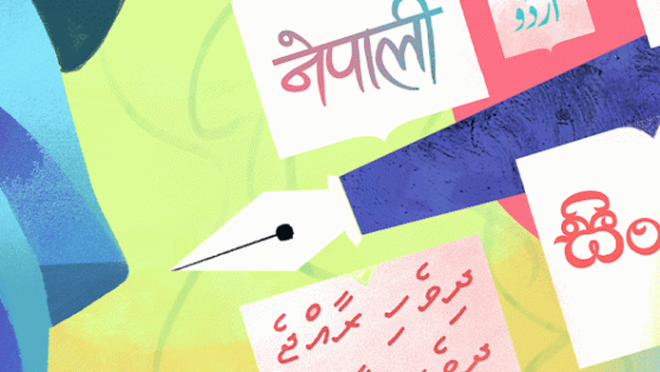What we expect from the International Mother Language Institute
What we expect from the International Mother Language Institute

I often feel that we know little about the literature of our neighbouring countries. While we know some Bangla literature from India, we know very little about the literature of other Indian languages.
Similarly, despite their geographical closeness, we remain largely unaware of the literature on Sri Lanka, Nepal, Bhutan, the Maldives, Pakistan, and Afghanistan.
You might ask, ‘What benefit will Bangladeshis gain from reading literature from these countries? You do not even know enough about your own literature!’
A valid question. Yes, our own literature is often neglected. We do not read enough, and there is little investment in promoting it. Despite this, there are still discussions and publications on Bangladeshi Bangla literature.
However, our country has around 15–16 other languages, yet we hardly discuss them. In this situation, you might question, ‘Why should we learn about the literature of our neighbouring countries?’
The answer is simple, knowledge matters. Learning about other literature broadens our understanding, enhances our imagination, and enriches our reading experience.
My question in return is, ‘Why should we not learn? How will we get new ideas?’
When it comes to translating foreign literature into Bangla, two institutions come to mind—the Bangla Academy and the International Mother Language Institute.
Bangla Academy translates in two ways, from Bangla into other languages and from foreign languages into Bangla. However, due to budget constraints, it cannot do as much as it would like.
The institute could undertake some simple initiatives. Several foreign cultural centres actively promote their countries’ arts, literature, and cinema. Our institute could collaborate with these centres to translate and distribute foreign literature
Our expectations from the International Mother Language Institute are even greater. Primarily a research institution, it focuses on studying all mother languages across the world. Its main objectives include language standardisation, research and preservation of endangered languages, and promoting mother-tongue-based education for children.
Since its inception, the institute has faced challenges. A Google News search brings up disappointing reports about its activities. While the institute attempts research, book publishing, and museum development, this is not what we expected from an ‘international’ institution, rather we hoped for meaningful global connections.
The institute operates on a very low budget—so low that achieving any significant work seems nearly impossible. According to its website, it funds research, but there is little clarity on what kind of research, its purpose, and how it benefits the general readership in Bangladesh.
The institute could undertake some simple initiatives. Several foreign cultural centres actively promote their countries’ arts, literature, and cinema. Our institute could collaborate with these centres to translate and distribute foreign literature.
We remember that Russian books were once widely available in Bangla—this model could be replicated.
The private sector could also play a role in making foreign literature accessible. At least 50 companies in Bangladesh are actively engaged in CSR initiatives. Even if the cultural ministry does not provide adequate funding, effective discussions with these companies could help raise funds.
Many would show interest. Renowned writers proficient in foreign languages could translate these works, while publishers could ensure their distribution. If the institute’s research and seminars do not reach the general public, their usefulness must be reconsidered.
We want to learn about the literature of different countries — and that is why our expectations from the International Mother Language Institute are even higher than those from Bangla Academy.
The institute may look impressive, but it has, unfortunately, not achieved much yet.


